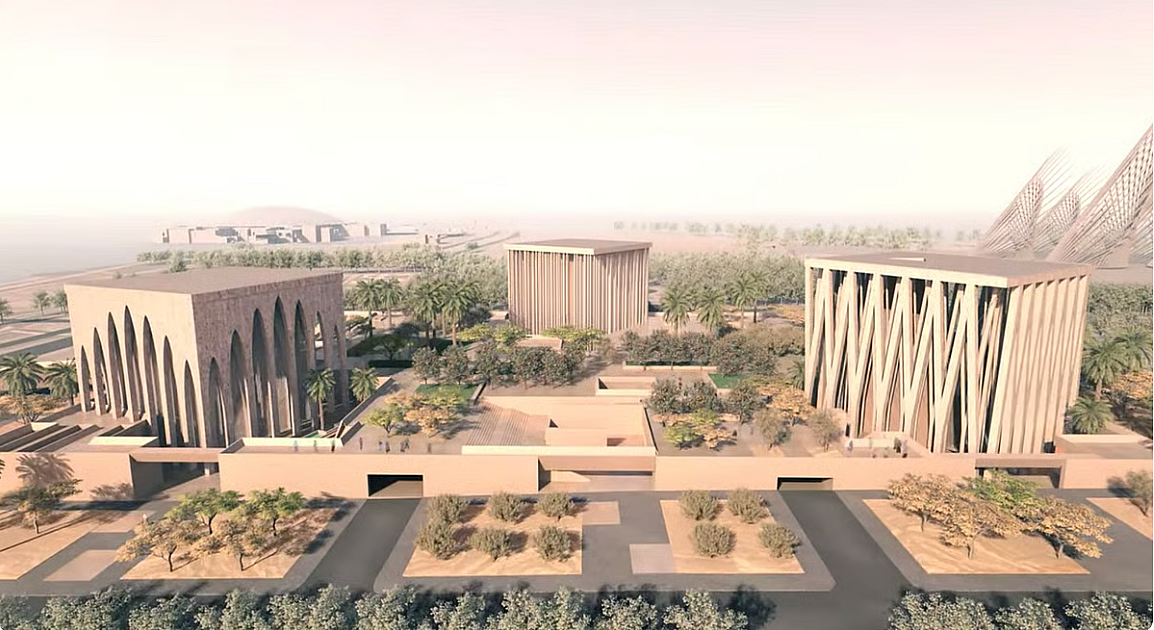
UAE Youth Are Ahead Of Teachers On Coexistence, Accepting Others, New Study Shows
Young learners in the UAE are more accepting of tolerance and coexistence than the teachers instructing them, a new study in Abu Dhabi showed, while highlighting Morocco and medieval Spain as examples the region can learn from.
The new research presented at the Abraham Accords Conference in the Capital cited scholars as saying that the findings underscore the need to strengthen teacher training while drawing on historic models of Muslim–Jewish–Christian coexistence from the region's own past.
Recommended For YouPresenting comparative education studies, a UAE-based researcher said global school systems devote very little time to coexistence, while the UAE stands out for embedding these values across its curriculum.“It's almost only 4% of the actual curriculum of the world that's focusing on tolerance and coexistence,” said Dr Firas Habbal, head of the Emirates Scholar Research Center.
Stay up to date with the latest news. Follow KT on WhatsApp Channels.
By contrast, research“has been showing that the UAE national curriculum includes significant contribution embedding the definition of tolerance, peace and coexistence.” However, he stressed that the generational gap in attitudes inside classrooms is becoming clear.
“The younger students accepted the idea of tolerance and coexistence much more than older students.” Meanwhile, students accepted embedding tolerance in education much more than the teachers. The imbalance, he noted, suggests that while curricular reforms have advanced, more investment is needed in the people implementing them.
Therefore, the centre intends to conduct further research on educators themselves, because“teachers have a very critical role as facilitators” in how tolerance is taught.
Alongside the data, experts at the panel emphasised that the Middle East already has rich, centuries-old examples of coexistence that can strengthen the region's contemporary peace efforts.
'We are going back to that'
Mohamed Chtatou, from the International University of Rabat, highlighted the history of Islamic Spain, often cited as a golden era of Muslim–Jewish–Christian interaction.“Islamic Spain in the 11th century was a civilisation based on understanding, coexistence and accepting the other,” he said.“Today, we are going back to that... based on coexistence, based on love, based on accepting the other, regardless of race or religion.”
Felicity Ginsburg, policy director at IMPACT-se, pointed to Morocco as a living modern example where Jewish and Muslim communities shared neighbourhoods, traditions and pilgrimage sites for centuries-a model she said the region is now re-engaging with. She described Morocco as a country with“two thousand years of a shared society,” noting that“millions of Moroccans will tell you that their grandmothers and great-grandmothers knew the Shabbat songs as well as the Mimouna songs.” Morocco's Jewish and Muslim communities historically lived together in harmony,“celebrating together and sharing religious festivals,” she added.
Speakers agreed that these historical frameworks offer practical lessons for how tolerance can be taught today-not as a political gesture but through lived examples from the region's own cultural memory. As the research indicates, young learners across the UAE are already embracing these principles. The challenge, experts said, is ensuring teachers, curricula and institutions evolve at the same pace.

Legal Disclaimer:
MENAFN provides the
information “as is” without warranty of any kind. We do not accept
any responsibility or liability for the accuracy, content, images,
videos, licenses, completeness, legality, or reliability of the information
contained in this article. If you have any complaints or copyright
issues related to this article, kindly contact the provider above.

















Comments
No comment